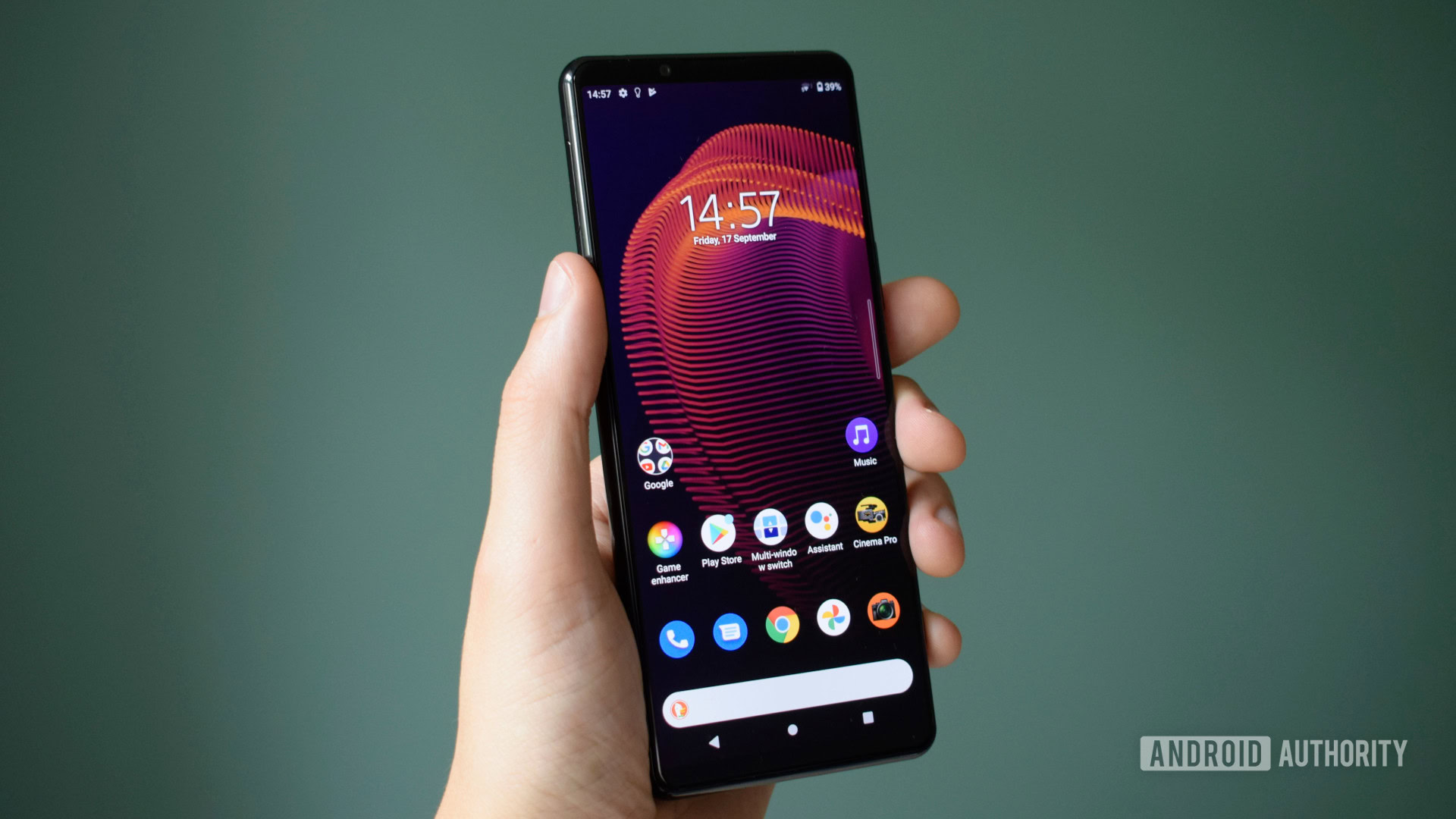
Robert Triggs / Android Authority
As we plow through the second quarter of 2022 (already!), we’re closing in on the launch of Sony’s successor to its Xperia 1 III flagship — tentatively named the Sony Xperia 1 IV.
A leaked render and specifications have already shown up, giving us our first glimpse of what to expect. But there are also a great many unknowns too. So let’s dive into everything we know about and what we want to see from the upcoming Sony Xperia 1 IV.
Sony Xperia 1 IV: Name and release date
Following Sony’s recent naming convention, the Xperia 1 IV is all but a shoo-in for the next model’s moniker, barring a massive rebranding of Sony’s mobile efforts. As such, the phone’s price will almost certainly land in the same $1,299 ballpark too. We’re also likely to be treated to a smaller, slightly more affordable Xperia 5 IV model. The previous generation Xperia 5 III launched simultaneously with its more expensive sibling, so we’re anticipating more of the same.
Up next: Sony Xperia 1 III review — Elegant, exhilarating, expensive
Nothing is yet confirmed about launch dates, but rumors point to a May unveiling this year. Previously, Sony unveiled its latest flagships in early April. But that’s been and gone, indicating a small delay this time around.
However, this may not necessarily be a bad thing. There’s often been far too much of a lag between Sony’s announcement and its Xperia smartphones hitting store shelves. Last year’s flagship didn’t arrive in consumers’ hands until August. Hopefully, we’ll see a much shorter gap between announcement and release, allowing consumers to get their mitts on the Xperia 1 IV as soon as possible.
Design
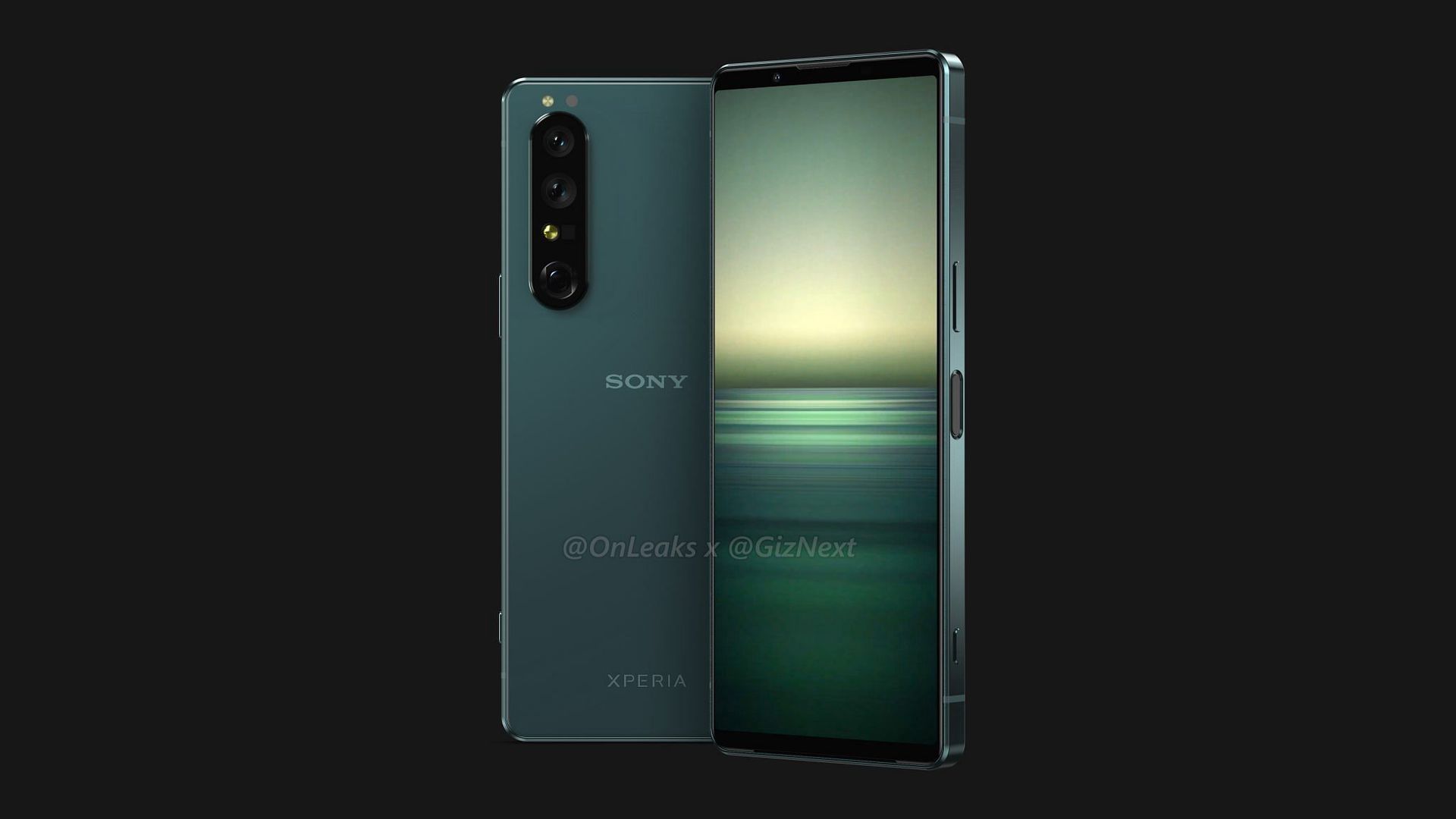
If the above render is accurate, the Xperia 1 IV’s design will remain virtually unchanged from its predecessors. Sony’s aesthetic offers a timelessly good look, but those yearning for something more exciting from the brand will be disappointed.
We’re still looking at a physical fingerprint sensor on the power button rather than in-display biometrics common with Sony’s competitors. The renders also highlight a 3.5mm headphone jack, leaving the company as one of the few still supporting wired headphones. However, Sony’s upcoming flagship will drop the dedicated Google Assistant button. Leaks also point to the same 6.5-inch flat display, almost certainly with the same 4K resolution and 120Hz refresh rate as last-gen.
Color-wise, we’ve seen matte green and black options in the renders, which match Sony’s historically conservative colorways. There will probably be other options, too. Sony typically offers its phone in grey and has recently been quite attached to purple. Overall, expect much of the same for the Sony Xperia 1 IV’s design.
Specs and features
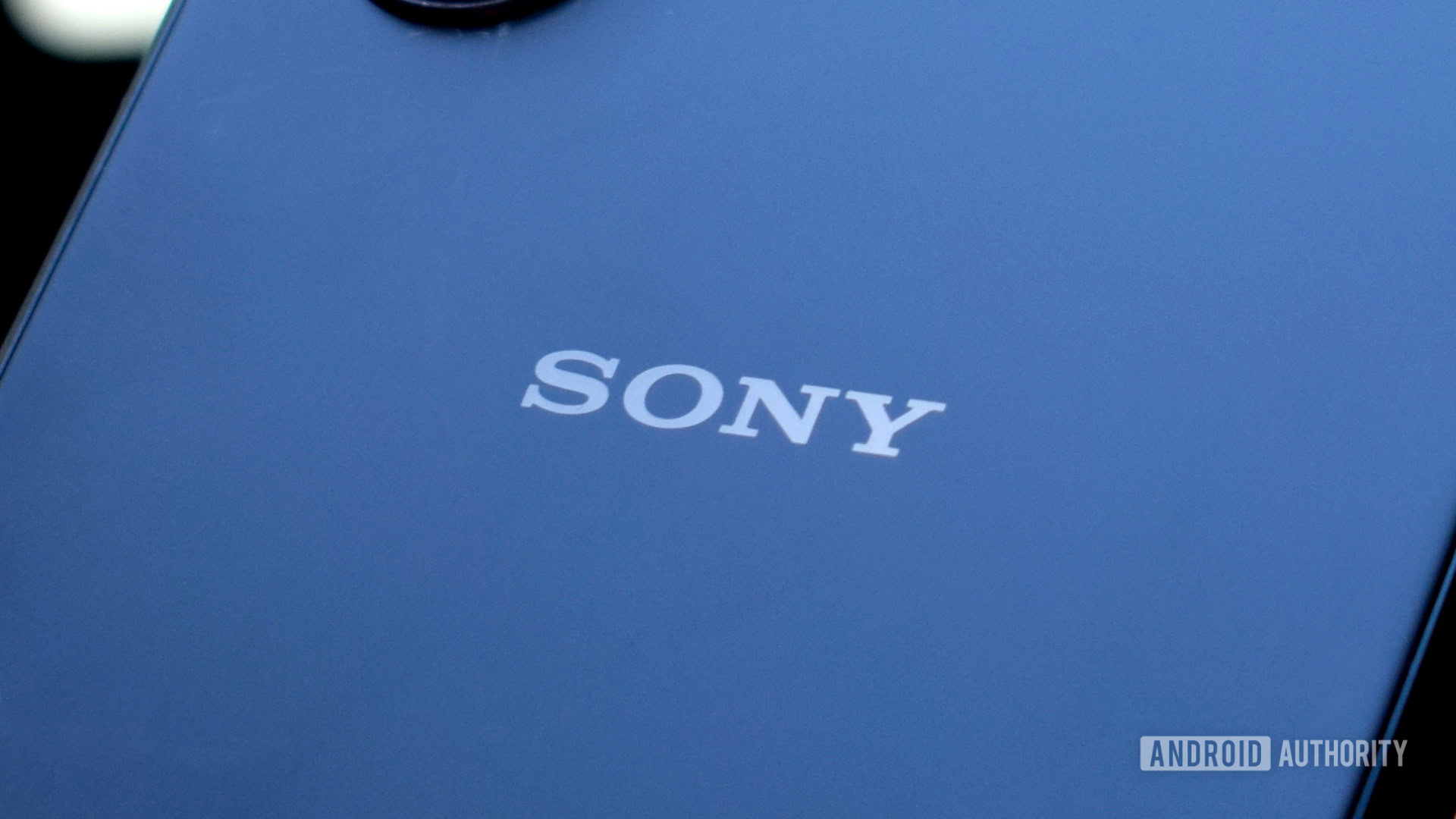
Robert Triggs / Android Authority
The unchanged design doesn’t necessarily mean it’s the same old hardware onboard. Leaked specifications suggest 256GB and 512GB storage options, and 16GB of RAM, up from 12GB. The phone will almost certainly be powered but the latest Qualcomm Snapdragon 8 Gen 1 mobile processor. However, that doesn’t necessarily make for groundbreaking performance gains, based on what we’ve seen.
Charging specifications could also be in line for an upgrade, with leaks pointing to a larger 5,000mAh battery and 45W charging power, up from 4,500mAh and 30W last year. Xperias have always had good battery life, but improved charging power would address a lingering bugbear from previous generations.
Leaks point to improved processing and charging capabilities for the Xperia 1 IV.
We know less about the camera specifications, but early indications suggest three 12MP sensors and a periscope lens design for longer range zoom. Sony’s novel switchable focal length periscope camera was a great addition to last year’s Xperia 1 III and 5 III. The setup enables 2.9x and 4.4x optical zoom levels from a single lens. Hopefully, we’ll see an improved second-generation version in the Xperia 1 IV.
Other Xperia staples include an IP68 rating for dust and water resistance, Gorilla Glass Victus, microSD card support, sub-6GHz 5G band support, and wireless charging. While still unconfirmed, we’d be surprised if Sony backtracked on any of these features.
What we want to see from the Sony Xperia 1 IV
More consistent cameras
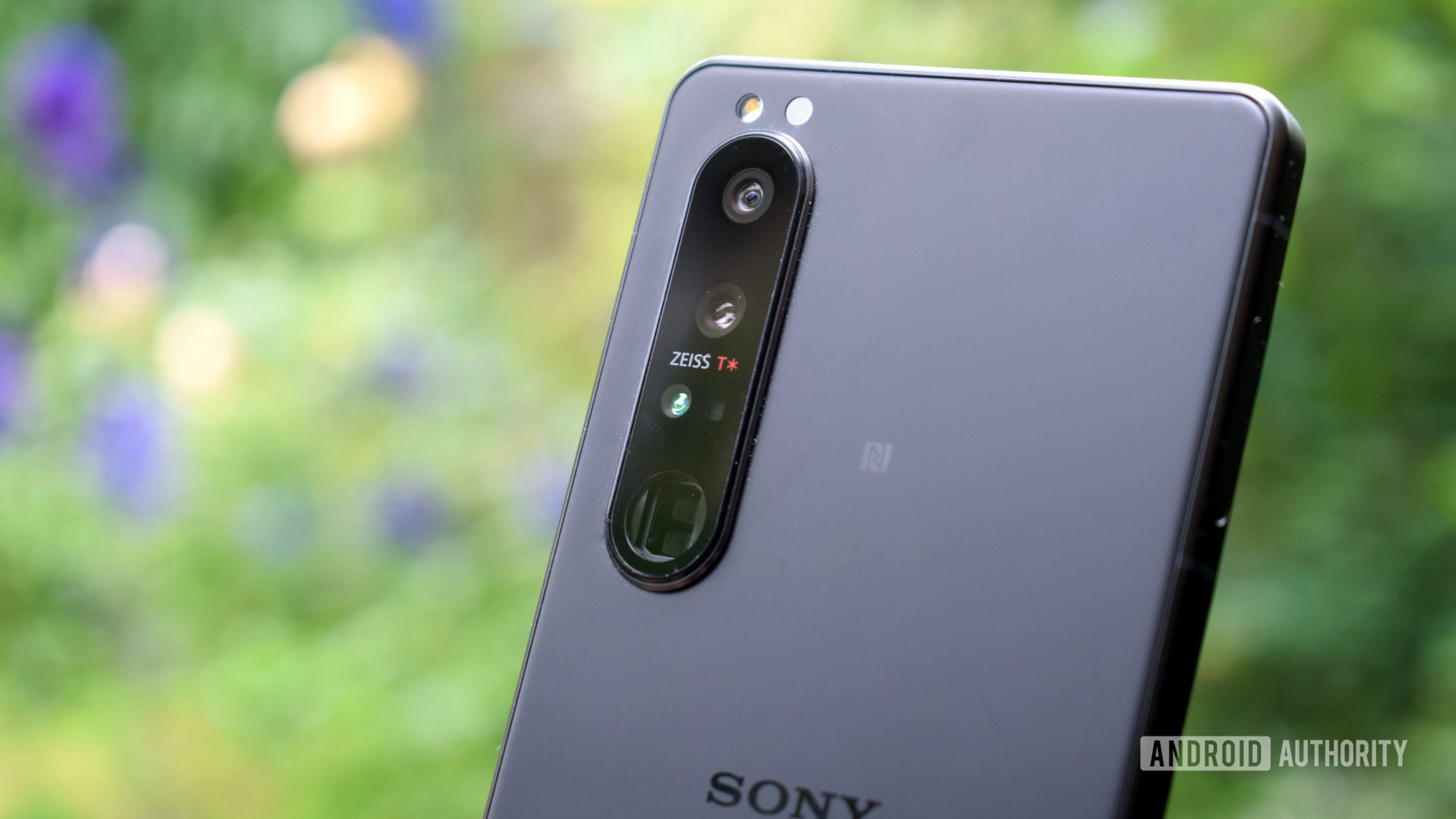
Robert Triggs / Android Authority
Sony’s recent flagship camera packages have been good but not great. The Xperia 1 III, for instance, takes some excellent snaps but not as consistently as its close rivals. Obviously, we really want the Xperia 1 IV to close the gap and even leapfrog the competition if possible.
Part of this will require pushing the boat out in the hardware department. Larger sensors are a must to compete in low light, yet Sony has stubbornly stuck to traditionally small mobile sensors so far. The outrageously expensive Xperia Pro I bucked this trend, but Sony compromised on its 1-inch sensor promise even here. A 1-inch sensor isn’t necessary to compete, but something in the 1/1.3-inch range would help, as would a vastly improved selfie camera. Likewise, a second-generation variable focal length zoom camera and a larger ultrawide angle camera would boost the camera package’s flexibility.
Mega shootout: 2021’s best camera smartphones tested
Software is the equally important half of the photography equation. Sony’s smartphones haven’t supported the same HDR, multi-frame night mode, high-quality portraits, and other computational photography smarts as Google’s Pixel 6 and Samsung’s Galaxy S22 series. While this might suit photography purists, it makes it harder for the more casual photographer to take a great snap every time. These are standard features now, and the Xperia 1 IV needs to match the camera experience provided by other flagship handsets.
Match Samsung’s update pledge
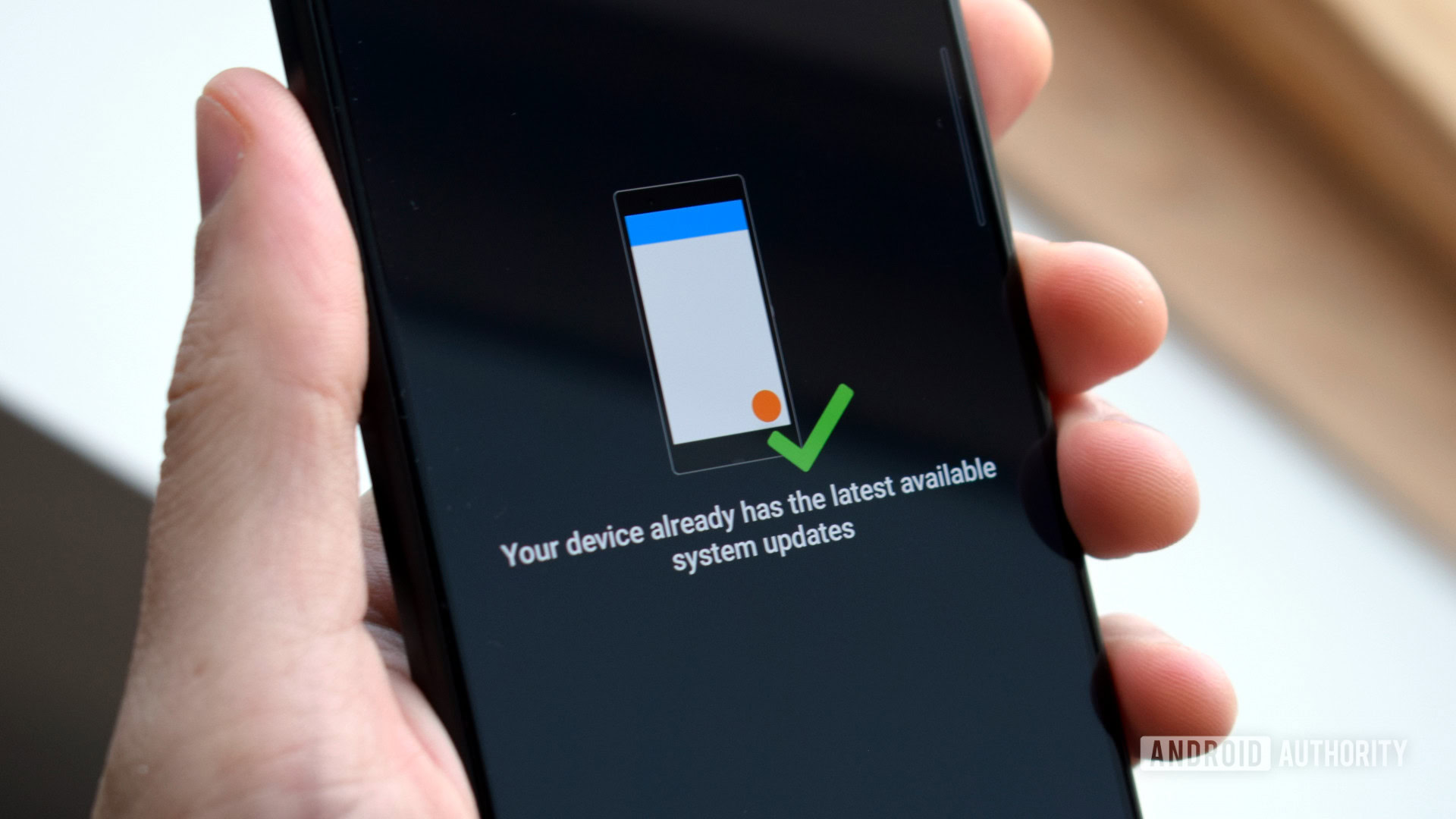
Robert Triggs / Android Authority
Quite frankly, two years of OS updates won’t cut it in 2022. Especially not with a price tag likely around $1,299. Sony’s wishy-washy update pledge wasn’t good enough in 2021, and with Google and Samsung now supporting their products for five years, Sony simply has to do better.
Sony has to comit to more than two major OS updates.
Samsung is the company to beat at the moment, promising four years of OS and five years of security updates for its Galaxy S22 lineup. That’s quite the gap for Sony to close from its two-year promise of yesteryear. But even matching Google’s three OS upgrades with security support until 2027 would be a notable step in the right direction.
A more cohesive software experience
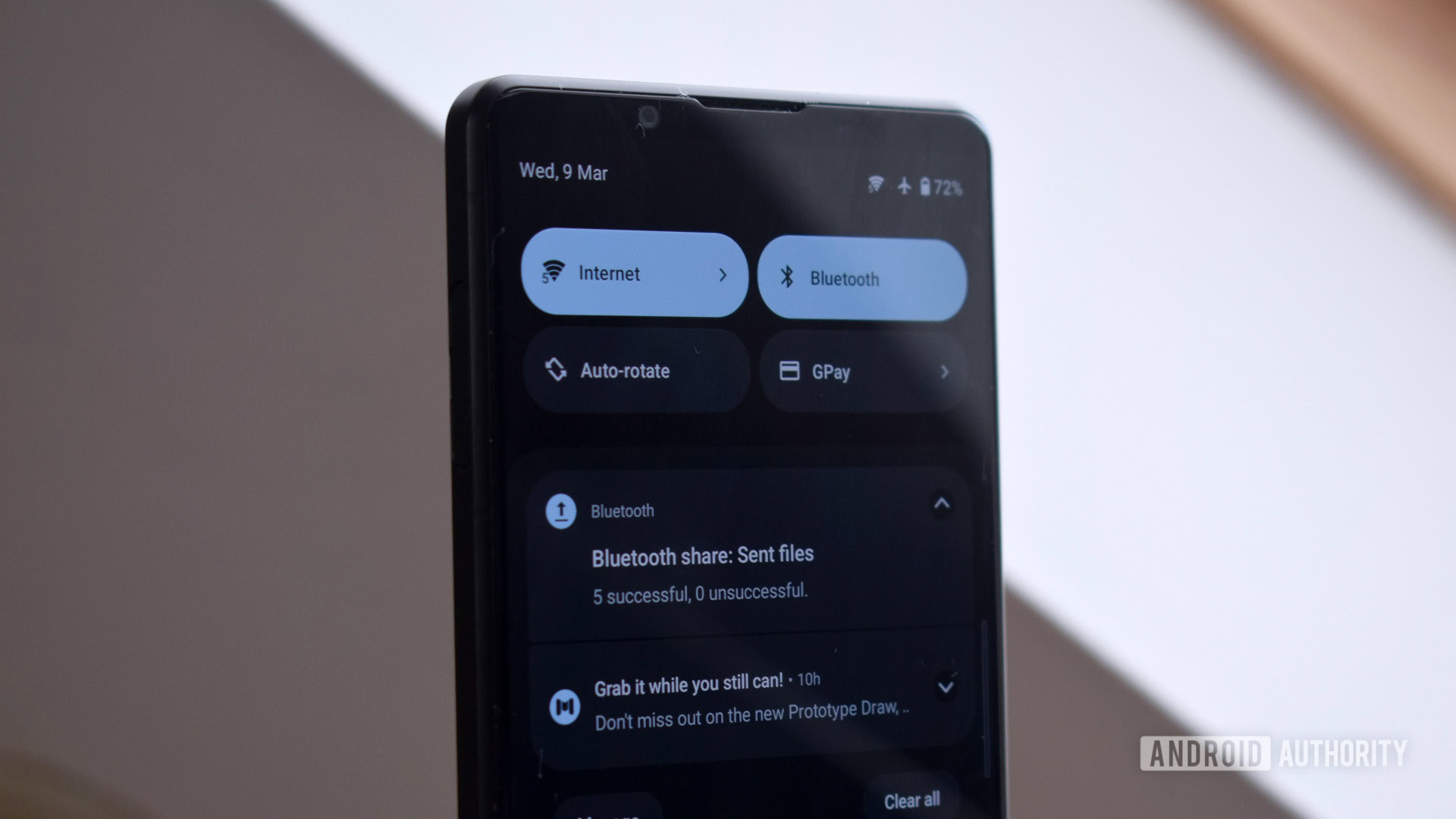
Robert Triggs / Android Authority
While we’re on the subject of software, there’s room for improvement more generally. Sony’s Android 12 update is a bit of a mish-mash, half implementing Google’s Material You while leaving the bulk of its in-house software unchanged from the Android 11 days. It feels like a missed opportunity to build a more cohesive and consistent software experience. Its Alpha and FS cinema-inspired apps are fun and quirky but not exactly mobile-friendly. Similarly, the pre-installed Call of Duty Mobile and Facebook bloat doesn’t scream premium user experience.
That said, Sony’s software has had strengths over the years. It’s lightweight and unintrusive, and there’s an array of powerhouse features for gamers, photographers, and videographers. These are all core to Sony’s mobile identity and set its phones apart from the competition. However, the apps are all inconsistent, each with its own theming and layout. We’d love to see a more unified approach to Sony’s software with the Xperia 1 IV, showcasing its best features in a slightly better-thought-out way.
Read more: Sony Xperia 1 III review revisited — The good and bad over six months later
A variable refresh rate display
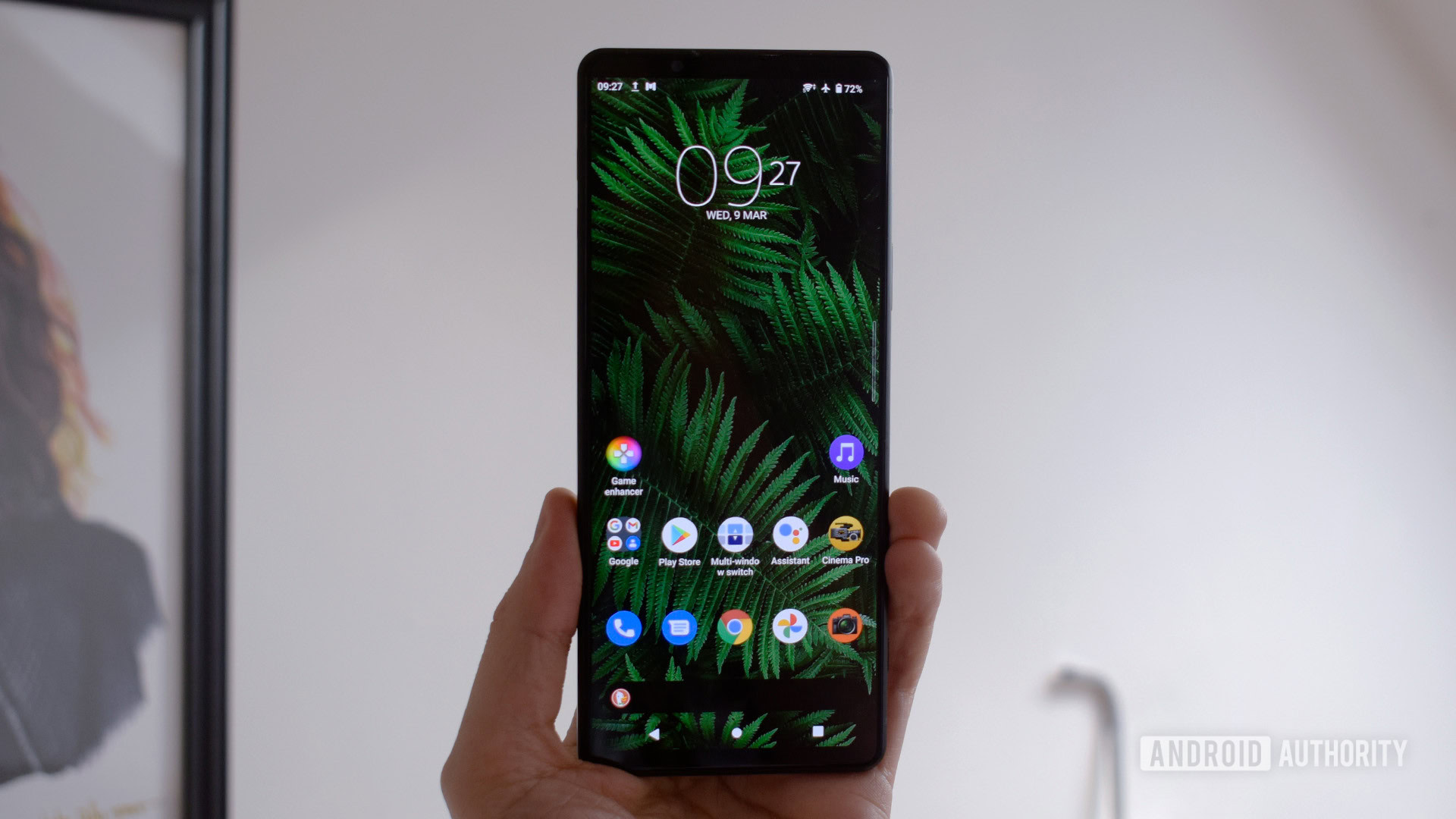
Robert Triggs / Android Authority
Sony’s display technology is among the best in the business — its existing 120Hz 4K OLED mobile display looks sublime. However, previous models have lacked one key feature — a variable refresh rate.
Locked at 60Hz, scrolling through apps feels sluggish compared to the buttery-smooth 120Hz panels on rival phones. But there’s a reason Sony has historically set the phone to 60Hz by default; toggling the display to 120Hz drains the battery too quickly. A variable refresh rate provides the best of both worlds — silky smooth scrolling without the battery drain.
More competitive pricing
Robert Triggs / Android Authority
Sony certainly knows how to charge a premium. At $1,299, the Xperia 1 III was Sony’s most expensive smartphone at the time — costing a whole $100 more than its predecessor. That made it even steeper than the Samsung Galaxy S21 Ultra, despite failing to offer as well-rounded a package.
Read more: The best Android phones you can buy
We’d all love lower prices, but given the steep competition and more cut-throat pricing this year, Sony really has to get it right this time. Unless the Xperia 1 IV turns out to be absolutely exceptional, it’ll struggle for attention if it costs more than the $1,199 Galaxy S22 Ultra. We’re anticipating stiff competition from lower-priced models too. The $999 S22 Plus and $899 Pixel 6 Pro offer exceptional value for money that’s tough for ultra-premium flagships to cut through.
A price cut is in order, but will Sony feel the heat to compete?



